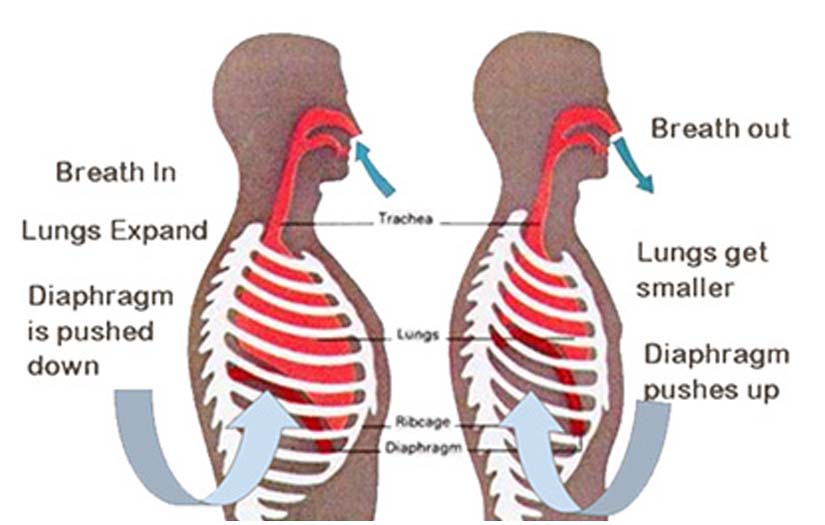
Yoga is not all about flexibility, strength, and focus. The asana or postures are just a tiny aspect of yoga, a spiritual practice. The critical component of yoga is breathing, whether it is a form of power yoga or just a simple practice of mindful meditation. The practice of breath awareness is known as pranayama. In yoga, breath holds a special place as it is a source of movement, still the mind and focus. The power of breath is an immense benefit that shouldn’t go unnoticed.
Yogic breathing or pranayama means holding of breath. There are some primary yogic breathing techniques that every yogi should practice and be aware of. In a yoga class, practitioners are thoroughly instructed to breathe consciously, connect with and hold it. The benefit of pranayama goes beyond physical strength and focus. They provide much-needed relief from stress, calm down the mind, reduce anxiety, and give clarity when you are taken by emotion.
Let's take a look at some of the popular breathing techniques used in yoga and when they should be utilized.
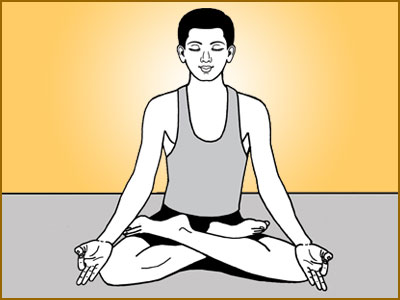
Sit in sukhasana position with your spine erect and keep your palms on your knees. Now take a deep breath and as exhale forcefully as your tuck your navel in so that your stomach goes deep inside. Now let your breath come inside naturally. Take at least 20 breath to complete a round of kapalbhati and then return to your normal breathing.
Kapalbhati uses a lot of energy; it is an also skull cleansing breath. It is best to practice this under the guidance of a certified yoga teacher under the beginner yoga teacher training program.
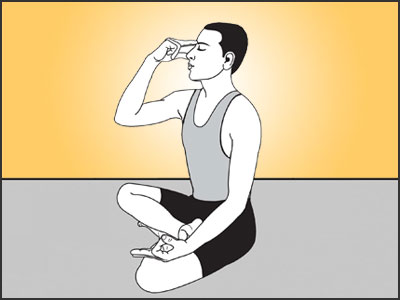
Sit in padmasana keeping your spine erect and palms resting on the knees. Close your eyes and close your right nostril with the right thumb and take a deep breath in from your left nostril till your lungs are filled with air. Hold it and close your left nostril from your middle finger and exhale from your right nostril and repeat vice versa. Repeat it at least 10 to 15 breath and then return to your normal breathing.
Nadi shodhan pranayama activates your parasympathetic nervous system which induces relaxation in the body.
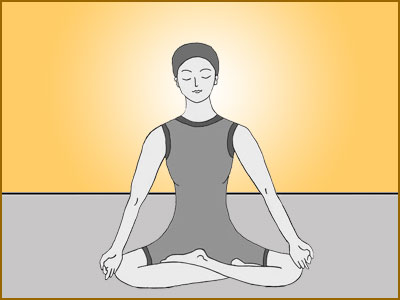
In this type of breathing both the process of inhaling and exhaling is done through the nostril. Sit in sukhasana keeping your spine erect inhale deeply and hold it and then exhale forcefully from the back of your throat to produce the oceanic sound. Control your breathing via the diaphragm. Repeat this cycle for 15 breath and return back to the normal breath.
Also known as sea sound breath; it stimulates your thyroid gland and strengthens the immune system.
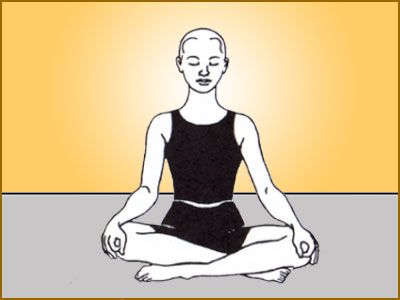
Sit in vjaraasna keeping your spine erect and eyes closed. Take a deep inhale and fill your lungs and belly with air. Keeping your whole body still exhale forcefully as if you are panting. Practice at least 15 breath and then return to your normal breath.
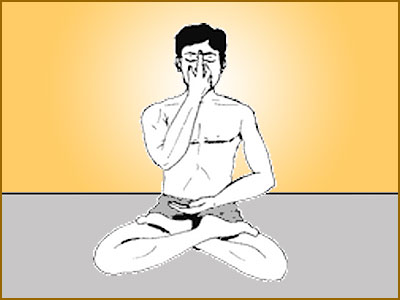
Known as sun piercing pranayama; this is active pranayama. In this inhale through your right nostril while keeping your left nostril closed with your ring finger. As you inhale close your right nostril with your right thumb and exhale through your left nostril. Repeat this for at least 10 breath an then return to your normal breathing.
IF you are someone who is suffering from constipation then Surya bhedi pranayama is best for you.
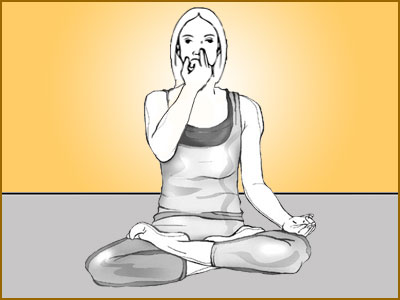
Chandra bhedi or moon piercing breath, here inhalation is done through left nostril and exhalation is done via the right nostril. It is good for those who are suffering from hypertension. It quietens the brain and has a cooling effect on the body.